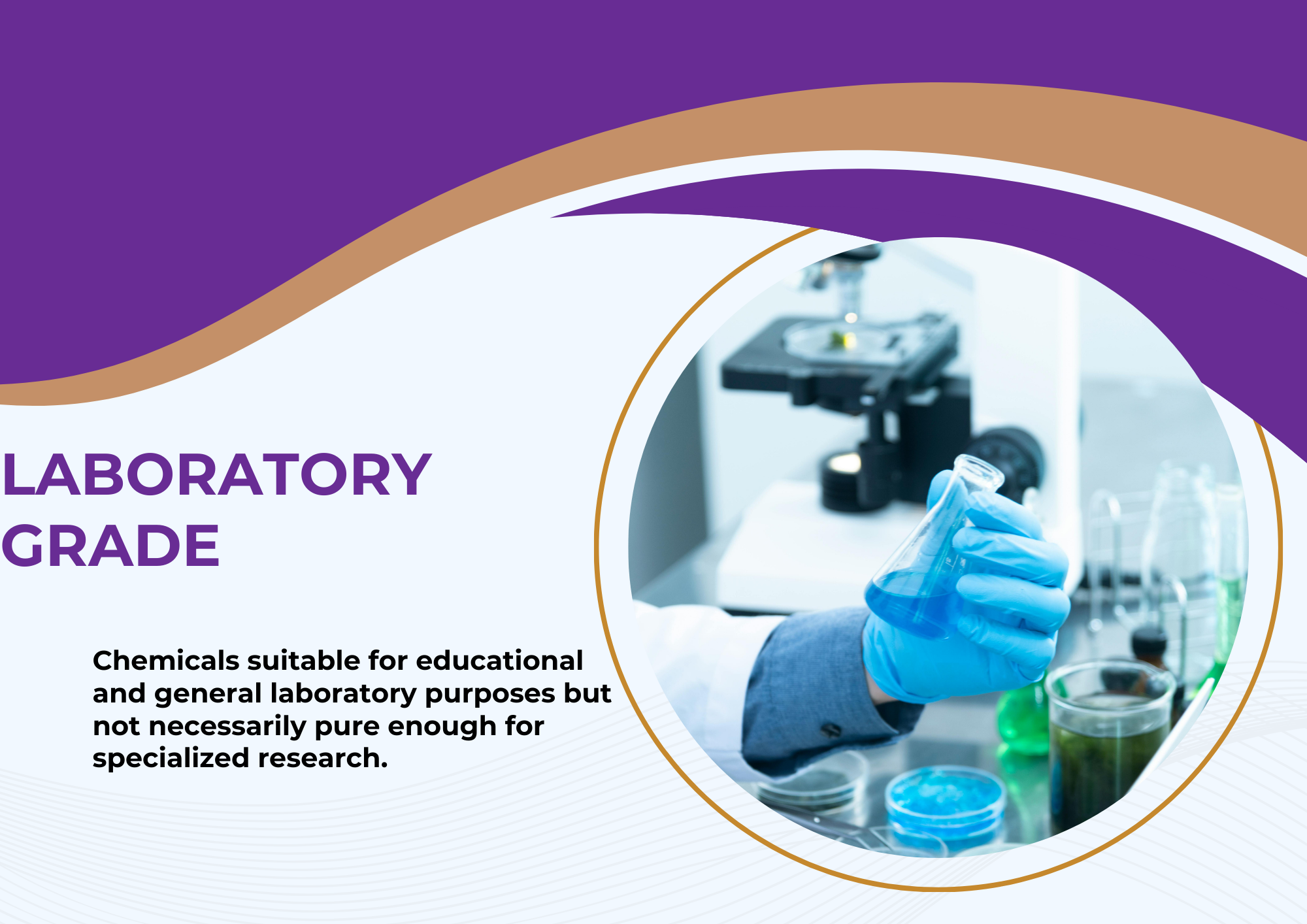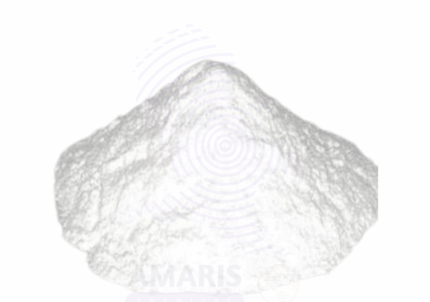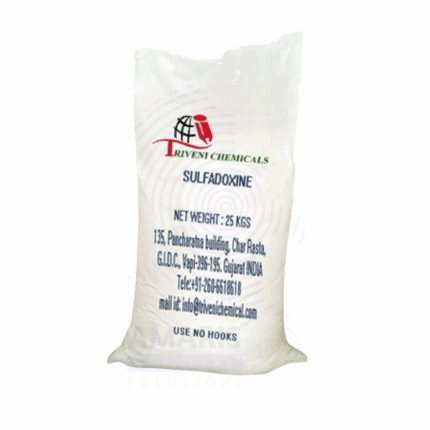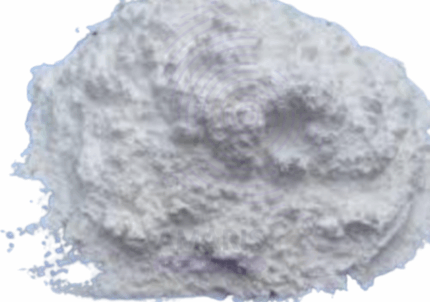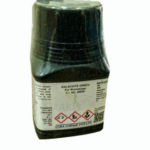
Deionized Water
$ 0.49 Original price was: $ 0.49.$ 0.38Current price is: $ 0.38.
Deionized Water (DI Water), also known as demineralized water, is highly purified water that has had almost all of its mineral ions (such as sodium, calcium, iron, copper, chloride, and sulfate) removed through ion exchange, reverse osmosis, or other purification methods. It is a clear, colorless, odorless liquid with extremely low electrical conductivity and is considered chemically pure. Deionized water is used in applications where water purity is critical, including pharmaceuticals, electronics, cosmetics, laboratory use, and various industrial processes. Its lack of minerals makes it highly reactive with contaminants, which makes it both useful and sensitive in technical applications.
Deionized Water
Primary Uses
- Pharmaceuticals & Biotechnology
- Used in the formulation of non-parenteral and topical pharmaceutical preparations.
- Employed in the cleaning of pharmaceutical equipment to prevent mineral deposits or microbial growth.
- Acts as a diluent for drug production and analysis where ionic purity is essential.
- Cosmetics & Personal Care
- Serves as the primary solvent in formulations for creams, lotions, serums, shampoos, and conditioners.
- Ensures product stability and purity by eliminating contaminants that can interact with active ingredients.
- Laboratory & Analytical Applications
- Used as a solvent and rinse agent in analytical chemistry, titrations, and spectroscopy.
- Critical for preparing standards, reagents, and sample dilutions in analytical and research laboratories.
- Electronics Manufacturing
- Utilized in the rinsing and cleaning of semiconductors, circuit boards, and other electronic components.
- Prevents ionic contamination that can disrupt the performance of microelectronic devices.
- Automotive & Battery Production
- Used as electrolyte preparation water in lead-acid and lithium-ion battery manufacturing.
- Included in radiator coolants and windshield washer fluids to prevent mineral scaling and corrosion.
Secondary Uses
- Industrial & Power Generation
- Employed in boiler feedwater and steam turbines to reduce scaling and corrosion in high-pressure systems.
- Used in cooling towers and heat exchangers where mineral content must be strictly controlled.
- Food & Beverage Industry
- Used for equipment cleaning and ingredient water in beverage production (non-consumption).
- Provides a controlled medium in flavor and aroma testing or concentration standardization.
- Medical Devices & Hospitals
- Rinsing agent for surgical instruments and sterilized equipment to prevent residue buildup.
- Used in autoclaves and as a base for preparation of antiseptic solutions.
- Textile & Dyeing Industry
- Used in dye formulations and rinsing to prevent interaction of minerals with textile dyes.
- Ensures consistent color fastness and fabric quality.
- Photographic & Printing
- Used in developing and fixing photographic films and printing plates.
- Prevents streaking, spotting, or haze caused by dissolved salts.
1. Basic Identification Attributes
- Chemical Name (IUPAC): Water (H₂O)
- Common/Trade Name: Deionized Water
- CAS Number: 7732-18-5
- HS Code: 2853.90.90
- Molecular Formula: H₂O
- Synonyms:
- DI Water
- Demineralized Water
- Purified Water (non-sterile)
- Ultrapure Water (depending on grade)
2. Physical & Chemical Properties
- Physical State: Liquid
- Color & Odor: Clear, colorless, odorless
- Melting Point: 0°C
- Boiling Point: 100°C at 1 atm
- Density: ~1.00 g/cm³ at 25°C
- Solubility: Miscible with all solvents
- Electrical Conductivity: <1 µS/cm (depending on grade; ultrapure can be <0.1 µS/cm)
- pH: 5.5–7.0 (slightly acidic due to dissolved CO₂)
- Stability: Chemically stable; highly reactive with contaminants and air-exposed surfaces
3. Safety & Hazard Attributes
- Hazard Class (GHS): Not classified as hazardous
- NFPA Ratings:
- Health: 0
- Flammability: 0
- Reactivity: 0
- Exposure Limits: None established
- Toxicity: Non-toxic; however, not suitable for direct human consumption if not microbiologically treated
- Reactivity: May leach ions and metals from piping or containers due to high purity
4. Storage & Handling Attributes
- Storage Conditions: Store in clean, inert, and non-reactive containers (e.g., HDPE or glass)
- Container Type: Closed, non-leaching, sterile or non-sterile containers depending on application
- Shelf Life: 6 to 12 months if sealed and uncontaminated
- Special Handling: Protect from microbial contamination and airborne particles; use sterile techniques where applicable
5. Regulatory & Compliance Attributes
- FDA Status: Complies with USP/NF for Purified Water if validated
- Pharmacopoeia Grades:
- USP: Purified Water
- EP: Aqua purificata
- JP: Purified Water
- REACH Status: Not classified as a dangerous substance
- Transportation: Not regulated
- Waste Disposal: Dispose of as non-hazardous liquid; no special handling required
6. Environmental & Health Impact
- Ecotoxicity: No known environmental toxicity
- Persistence: Fully miscible and naturally integrated into the hydrological cycle
- Bioaccumulation: None
- Carcinogenicity/Mutagenicity: None
- Biodegradability: Not applicable; water is a natural component of the environment
Safety Handling Precautions
Personal Protective Equipment (PPE):
- Typically not required under normal conditions
- In cleanroom or sterile environments, use gloves and closed systems to prevent contamination
Handling Measures:
- Use clean tools and equipment to avoid contamination
- Avoid exposure to ambient air for prolonged periods
Storage Measures:
- Store in closed, sterile containers if used in pharmaceutical or medical applications
- Label containers clearly to avoid confusion with other liquids
Hygiene Practices:
- Use aseptic techniques where purity is critical
- Avoid reusing containers unless properly sterilized
First Aid Measures
- Inhalation: Not applicable
- Skin Contact: No irritation expected
- Eye Contact: No irritation expected
- Ingestion: Non-toxic; not suitable for regular consumption due to lack of essential minerals
Firefighting Measures
- Fire Hazards: Non-flammable
- Extinguishing Media: Not applicable
- Special Precautions: None required
- Decomposition Products: None; water remains stable under fire conditions


 Preservatives(food)
Preservatives(food) Flavor Enhancers
Flavor Enhancers Acidulants
Acidulants Sweeteners
Sweeteners Antioxidants
Antioxidants Colorants(food)
Colorants(food) Nutraceutical Ingredients (food)
Nutraceutical Ingredients (food) Nutrient Supplements
Nutrient Supplements Emulsifiers
Emulsifiers
 Collectors
Collectors Dust Suppressants
Dust Suppressants Explosives and Blasting Agents
Explosives and Blasting Agents Flocculants and Coagulants
Flocculants and Coagulants Frothers
Frothers Leaching Agents
Leaching Agents pH Modifiers
pH Modifiers Precious Metal Extraction Agents
Precious Metal Extraction Agents
 Antioxidants(plastic)
Antioxidants(plastic) Colorants (Pigments, Dyes)
Colorants (Pigments, Dyes) Fillers and Reinforcements
Fillers and Reinforcements Flame Retardants
Flame Retardants Monomers
Monomers Plasticizers
Plasticizers Polymerization Initiators
Polymerization Initiators Stabilizers (UV, Heat)
Stabilizers (UV, Heat)
 Antifoaming Agents
Antifoaming Agents Chelating Agents
Chelating Agents Coagulants and Flocculants
Coagulants and Flocculants Corrosion Inhibitors
Corrosion Inhibitors Disinfectants and Biocides
Disinfectants and Biocides Oxidizing Agents
Oxidizing Agents pH Adjusters
pH Adjusters Scale Inhibitors( water)
Scale Inhibitors( water)
 Antioxidants(cosmetic)
Antioxidants(cosmetic) Emollients
Emollients Fragrances and Essential Oils
Fragrances and Essential Oils Humectants
Humectants Preservatives
Preservatives Surfactants(cosmetic)
Surfactants(cosmetic) Thickeners
Thickeners UV Filters
UV Filters
 Fertilizers
Fertilizers Soil Conditioners
Soil Conditioners Plant Growth Regulators
Plant Growth Regulators Animal Feed Additives
Animal Feed Additives Biostimulants
Biostimulants Pesticides (Herbicides, Insecticides, Fungicides)
Pesticides (Herbicides, Insecticides, Fungicides)
 Active Pharmaceutical Ingredients (APIs)
Active Pharmaceutical Ingredients (APIs) Excipients
Excipients Solvents(pharmaceutical)
Solvents(pharmaceutical) Antibiotics
Antibiotics Antiseptics and Disinfectants
Antiseptics and Disinfectants Vaccine Adjuvants
Vaccine Adjuvants Nutraceutical Ingredients (pharmaceutical)
Nutraceutical Ingredients (pharmaceutical) Analgesics & Antipyretics
Analgesics & Antipyretics
 Analytical Reagents
Analytical Reagents Solvents(lab)
Solvents(lab) Chromatography Chemicals
Chromatography Chemicals Spectroscopy Reagents
Spectroscopy Reagents microbiology-and-cell-culture-reagents
microbiology-and-cell-culture-reagents Molecular Biology Reagents
Molecular Biology Reagents Biochemical Reagents
Biochemical Reagents Inorganic and Organic Standards
Inorganic and Organic Standards Laboratory Safety Chemicals
Laboratory Safety Chemicals Specialty Laboratory Chemicals(Special Laboratory Equipment)
Specialty Laboratory Chemicals(Special Laboratory Equipment)
 Demulsifiers
Demulsifiers Hydraulic Fracturing Fluids
Hydraulic Fracturing Fluids Scale Inhibitors(oil)
Scale Inhibitors(oil) Surfactants(oil)
Surfactants(oil) Drilling Fluids
Drilling Fluids
 Dyes and Pigments
Dyes and Pigments Bleaching Agents
Bleaching Agents Softening Agents
Softening Agents Finishing Agents
Finishing Agents Antistatic Agents
Antistatic Agents
 Admixtures
Admixtures Waterproofing Agents
Waterproofing Agents Sealants and Adhesives
Sealants and Adhesives Curing Compounds
Curing Compounds Concrete Repair Chemicals
Concrete Repair Chemicals Anti-Corrosion Coatings
Anti-Corrosion Coatings
 Surfactants(cleaning)
Surfactants(cleaning) Builders
Builders Enzymes
Enzymes Solvents (Cleaning)
Solvents (Cleaning) Fragrances
Fragrances
 Electronic Chemicals
Electronic Chemicals Catalysts
Catalysts Lubricants
Lubricants Photographic Chemicals
Photographic Chemicals Refrigerants
Refrigerants Automotive chemicals
Automotive chemicals Pyrotechnic Chemicals
Pyrotechnic Chemicals
 Biodegradable Surfactants
Biodegradable Surfactants Bio-based Solvents
Bio-based Solvents Renewable Polymers
Renewable Polymers Carbon Capture Chemicals
Carbon Capture Chemicals Wastewater Treatment Chemicals
Wastewater Treatment Chemicals
 Pigments
Pigments Solvents(paint)
Solvents(paint) Specialty Coatings
Specialty Coatings Binders/Resins
Binders/Resins Additives
Additives Driers
Driers Anti-Corrosion Agents
Anti-Corrosion Agents Functional Coatings
Functional Coatings Application-Specific Coatings
Application-Specific Coatings
 Fresh Herbs
Fresh Herbs Ground Spices
Ground Spices Whole Spices
Whole Spices Spice Blends
Spice Blends Dried Herbs
Dried Herbs
 Leavening Agents
Leavening Agents Dough Conditioners
Dough Conditioners Flour Treatments
Flour Treatments Fat Replacers
Fat Replacers Decoratives
Decoratives Preservatives(baking)
Preservatives(baking)
 Plasticizers & Softeners
Plasticizers & Softeners Reinforcing Agents
Reinforcing Agents Adhesion Promoters
Adhesion Promoters Vulcanizing Agents
Vulcanizing Agents Antidegradants
Antidegradants Blowing Agents
Blowing Agents Fillers & Extenders
Fillers & Extenders Accelerators & Retarders
Accelerators & Retarders

